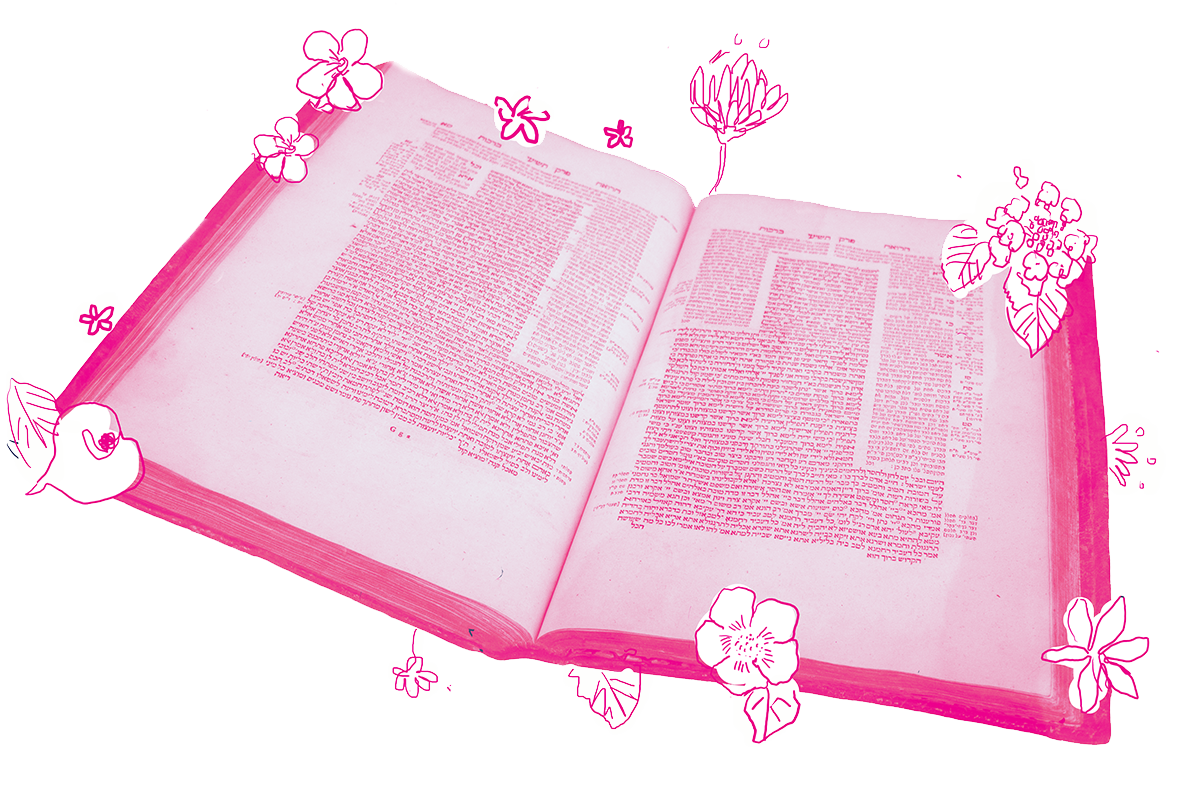By Rabbi Elliot Goldberg
Given the Mishnah’s concern with lineage, especially for the marriages of priests, it’s not surprising that today we learn:
A priest who marries a daughter of a priest must investigate with regard to her four mothers, which are eight. How so? Her mother, and the mother of her mother (maternal grandmother), and the mother of her mother’s father, and her mother. Also the mother of her father, and her mother, and the mother of her father’s father, and her mother.
This mishnah says that the priest must dig back through four generations of mothers, and then qualifies by stating that he need not investigate the ancestry of anyone in the tree who actually served at the altar — presumably, the Temple would have conducted those investigations before employing them.
With your help, My Jewish Learning can provide endless opportunities for learning, connection and discovery.
But the Gemara sheds doubt on whether this mishnah actually defines normative practice:
Rav Yehuda says that Rav says: This mishnah presents the statement of Rabbi Meir, but the rabbis say: All families retain a presumptive status of fitness.
According to Rav, the opinion codified in the mishnah is a minority one, that of Rabbi Meir. The plurality of rabbis rule that families are presumed to be fit.
When there is a disagreement between one rabbi and the rest, the law follows the majority — even when the majority option didn’t make it into the mishnah. As a result, no investigation is required when a priest is to be wed to the daughter of another priest because we assume that priestly families are fit.
Almost. There is another tradition about what Rav said:
Rav Hama bar Gurya say that Rav says: Our mishnah is referring to a case when an objection was registered.
According to Rav Hama bar Gurya’s report of what Rav said, the mishnah rules that an investigation is necessary only when an objection about the fitness of the woman’s family is raised, but if there is no objection, we presume their fitness.
Unfortunately for the Gemara, these two traditions about what Rav said do not square with each other. Does Rav think that we are not allowed to investigate even though the mishnah says we should? Or, does Rav think that the mishnah only allows us to investigate when someone raises an objection?
There is no resolution, but the sugya doesn’t end here because the Gemara cites an alternative version of the entire discussion that weaves the sources together in a different way:
Rav Yehuda says that Rav says: This mishnah presents the statement of Rabbi Meir, but the rabbis say: All families retain presumptive status of fitness.
Rav Hama bar Gurya says that Rav says: When an objection is registered about a family concerning its lineage, everyone agrees that he must investigate it.
Rav Yehuda tells us what he told us before, that Rav teaches that the mishnah is according to the opinion of Rabbi Meir, but the plurality of rabbis disagree. Rav Hama bar Gurya’s statement is similar, but not exactly the same. The change clarifies where things stand: In the new version of Rav Hama’s statement, Rav is not recontextualizing the mishnah to talk about a case when an objection is raised. Rather, he is noting that while Rabbi Meir (who is quoted in the mishnah) and the rabbis (who are not) disagree about whether or not we investigate when no objection is raised, they agree that when there is an objection, an investigation is called for.
As with a bride whose lineage raises a suspicion, when Rav Yehuda and Rav Hama bar Gurya present seemingly contradictory statements of Rav, an investigation is called for. Today, it turned up an alternate version of the sources. In cases like this, talmudic scholars sometimes suggest that the alternate version might really be a refurbished one. In other words, while the Talmud may appear to suggest that two variants of this discussion were floating around the beit midrash, it is possible, even likely, that the two contradictory statements of Rav came first, and the second version of the sugya was created to smooth out the tension between them. We can only hope the investigation into prospective bride’s four mothers, who are actually eight, ends as happily.
Read all of Kiddushin 76 on Sefaria.
This piece originally appeared in a My Jewish Learning Daf Yomi email newsletter sent on October 28th, 2023. If you are interested in receiving the newsletter, sign up here.



